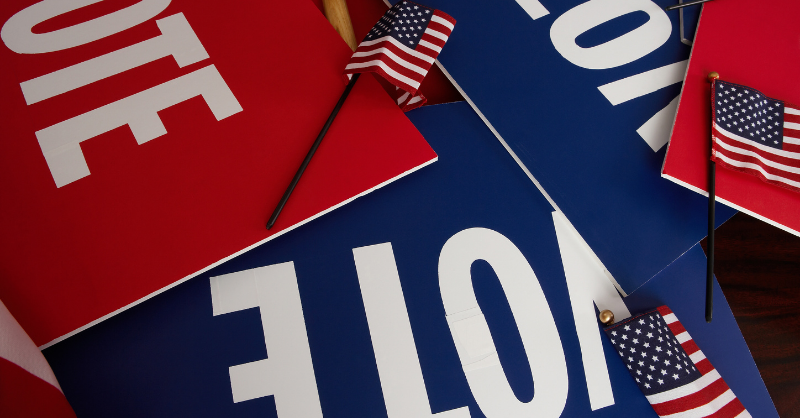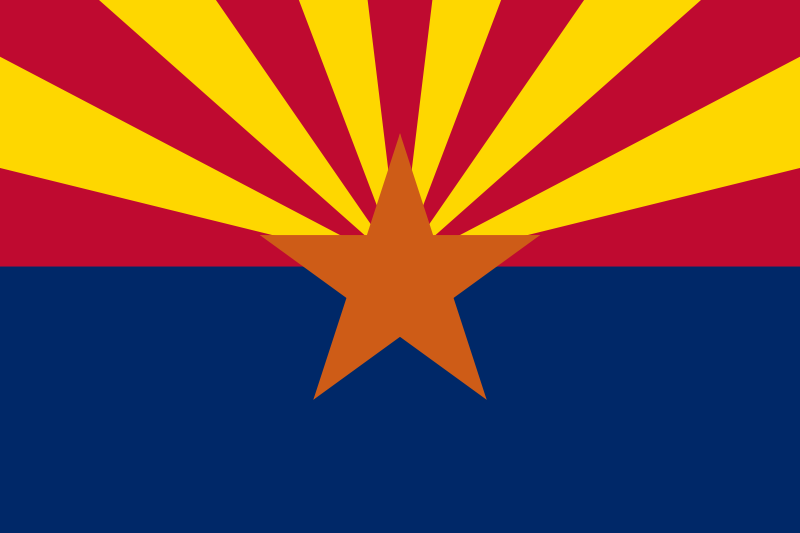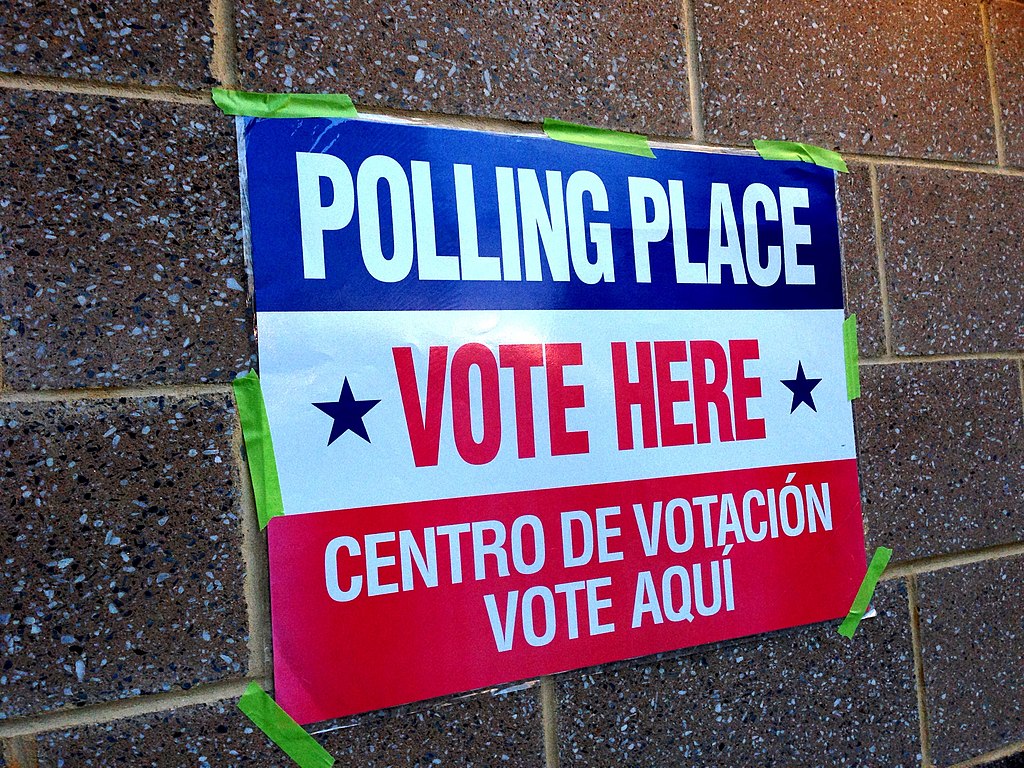Author: Samuel Wonacott
-
Shelley Berkley defeats Victoria Seaman for Las Vegas mayor

Shelley Berkley defeated Victoria Seaman in the general election for mayor of Las Vegas, Nevada, on Nov. 5, 2024. Berkley and Seaman were the top-two vote-getters in the June 11, 2024, primary, and both advanced to the general election because neither won a majority of the votes. Incumbent Carolyn Goodman, who was first elected in…
-
Chicago to hold first ever elections for Chicago Public Schools school board on Nov. 5, 2024

Thirty-five candidates are running in the Nov. 5, 2024, general election for 10 seats on the Chicago Public Schools school board (CPS) in Illinois. This is the first year Chicago residents will vote for board members to oversee CPS. Since 1995, Chicago’s mayor has appointed all seven board members. In 2021, Gov. J.B. Pritzker (D)…
-
Six candidates are running for three districts in the Nov. 5 general elections for Los Angeles Unified School district board

Six candidates are running in the Nov. 5, 2024, general elections to represent Districts 1, 3, and 5 on the Los Angeles Unified School District (LAUSD) school board. The candidates advanced from the March 5 primaries because no candidate in their respective races won a majority of the vote. Incumbent Tanya Ortiz Franklin won her…
-
Seven candidates running in Nov. 5 general election for Arizona Corporation Commission complete Ballotpedia’s survey

Seven of nine candidates running in the Nov. 5 general election for Arizona Corporation Commission have completed Ballotpedia’s Candidate Connection survey, providing readers with answers to why they’re running, what they stand for, and more. The Commission is a quasi-executive regulatory agency for non-municipal utility companies, including energy, heat, trash, water, and communications firms. It…
-
Two candidates in the Nov. 5 general election for Colorado’s 8th Congressional District election complete Ballotpedia’s survey

Two of the five candidates running in the Nov. 5 general election for Colorado’s 8th Congressional District have completed Ballotpedia’s Candidate Connection survey, providing readers with answers to why they’re running, what they stand for, and more. Incumbent Yadira Caraveo (D), Gabe Evans (R), Chris Baum (Approval Voting Party), Susan Hall (Unity Party), and James…
-
Berkley, Seaman vie for Las Vegas mayor in Nov. 5 general election

Shelley Berkley and Victoria Seaman are running in the general election for mayor of Las Vegas, Nevada, on November 5, 2024. Berkley and Seaman were the top-two vote-getters in the June 11, 2024, primary, and both advanced to the general election because neither won a majority of the votes. Incumbent Carolyn Goodman, who was first elected in 2011, is term-limited. Goodman’s…

